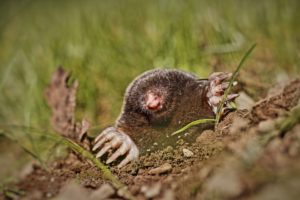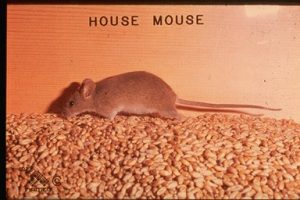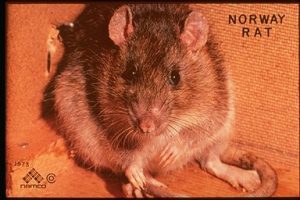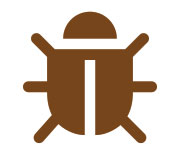Most people have never seen a mole because they spend the majority of their time underground. What they do see are the humped "ridges" in their yards, caused by the mole's tunneling efforts. This is a major eyesore to people who take pride in their lawns, even though they provide a very valuable service by eating white grubs and aerating the soil.

Mole Facts: The species we find in NW Indiana and Illinois is the eastern mole (Scalopus Aquaticus). This little mammal ranges from 5 to 8 inches, is blackish brown to dark silvery-gray in color, has a short bare snout and tail, no distinguishable eyes or ears, and webbed shovel-like feet, with large heavy claws for digging.
Their primary food source is earthworms, although they also eat white grubs, ground beetles, millipedes, centipedes, and other insects, and sometimes even small mice or shrews. When soil is in favorable condition, as after a rain, a mole can tunnel at a rate of 18 feet per hour.
Moles are solitary creatures except during their mating season (January to May) and will kill any other animal that they may encounter in their burrows (even other moles). Because their primary dens and runways are located below the frost line, they do not hibernate in the winter, as many people think, but stay active year-round.
Control: Many people believe that killing the grubs in their yard will stop moles, but this is not the case because their primary food source is earthworms, and grub control pesticides do not affect them. Until recently, the only legitimate means of mole control was a mole trap. We now have bait in the form of rubber worms that mimic their natural food source, earthworms. This bait is used monthly to reduce and then eliminate the moles completely.












